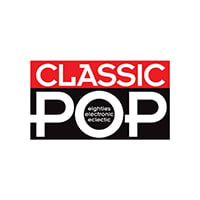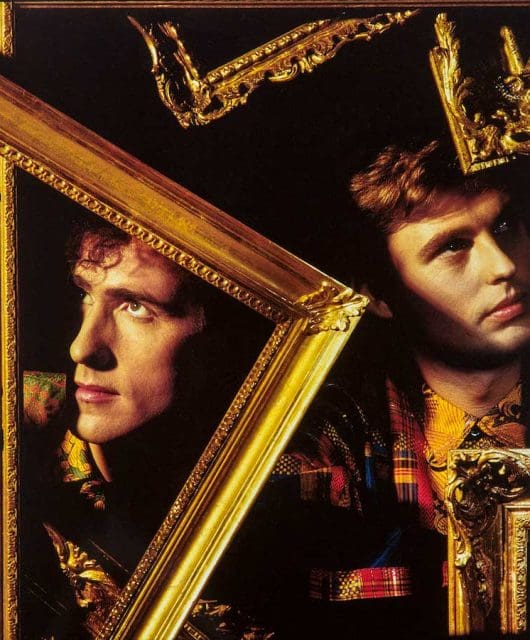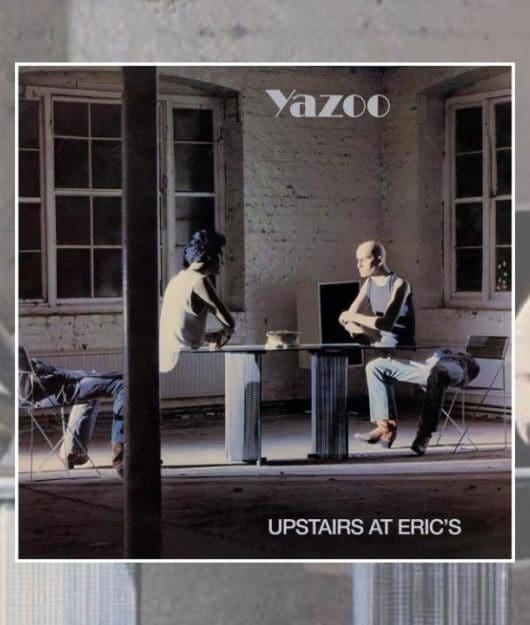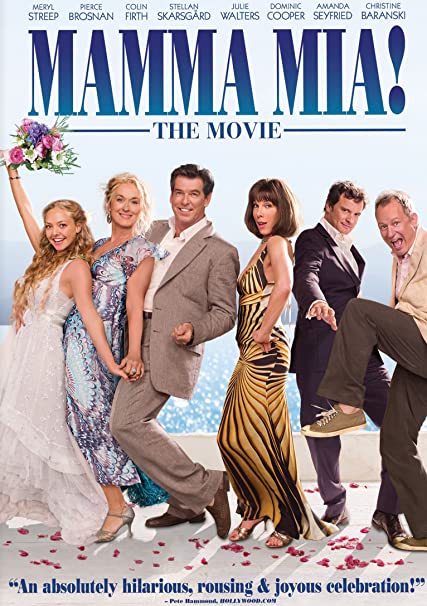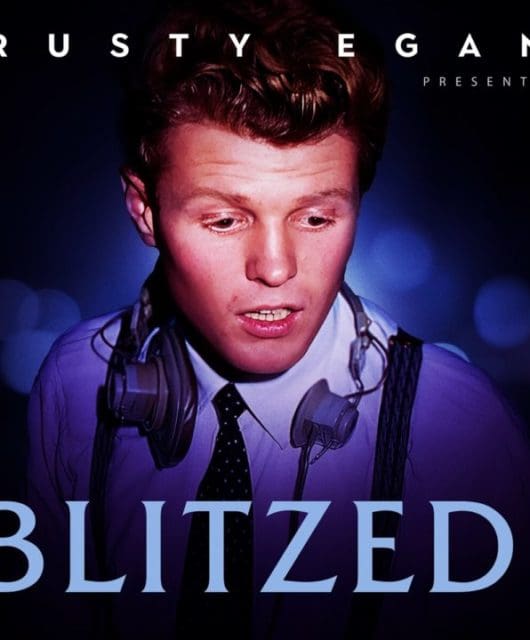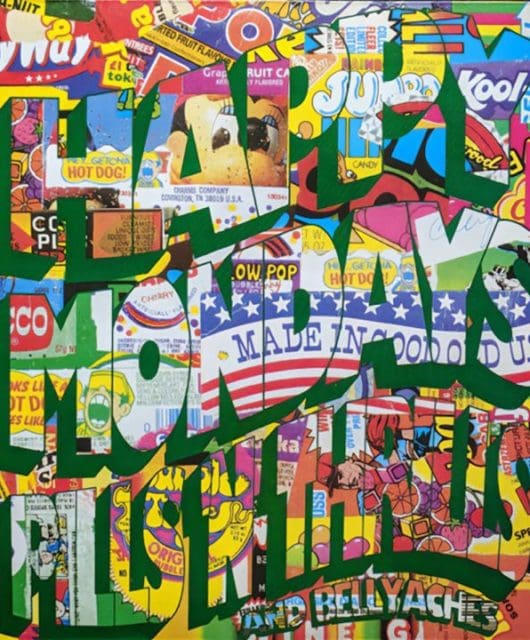Top 20 Standalone Singles of the 80s
By Classic Pop | February 24, 2025
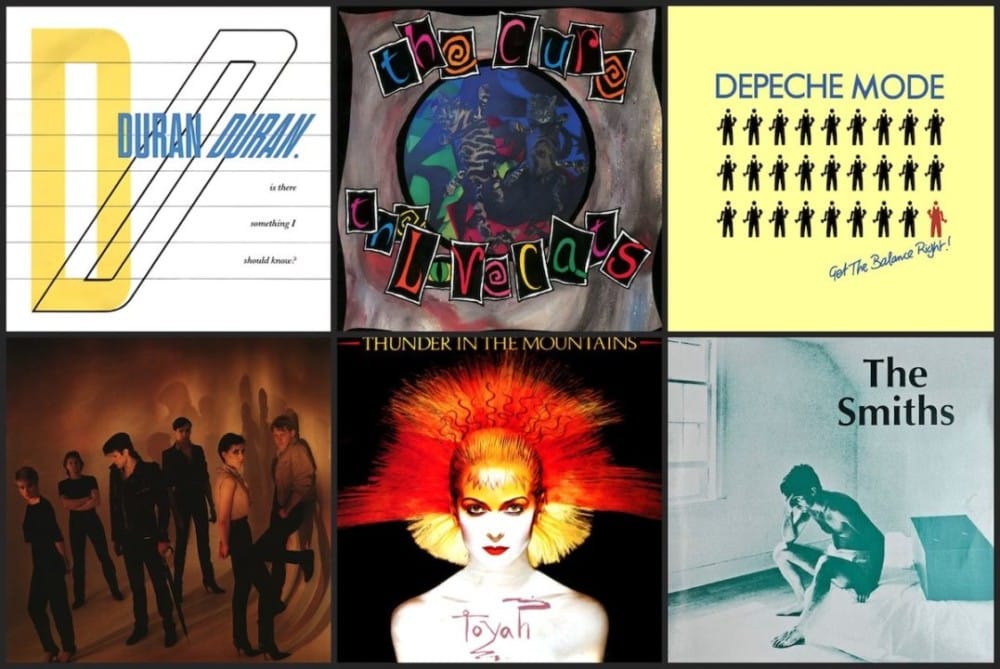
Singles have traditionally been used to preview and promote new studio albums but, as our latest countdown reveals, many hit records in the 80s were self-contained pieces of art – here’s our Top 20 Standalone Singles of the 80s
The standalone single wasn’t a phenomenon birthed in the 80s, it was pioneered in the 60s by the likes of The Beatles and The Kinks, whose writing and recording prolificacy was matched by their paymasters’ insatiable appetite for new product. In the punk era and beyond, many acts duly followed in their stead, offering fans material exclusive to the single, a practice that in a notoriously fickle marketplace was often necessary to keep them in the public eye in between their album releases. Our countdown includes singles that weren’t included on the vinyl versions of the period-relevant studio LPs. We have also discounted tracks written to order for soundtracks, and singles used to promote hits compilations.
Words by Barry Page
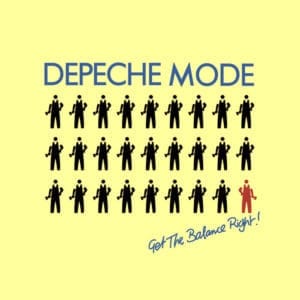
20 DEPECHE MODE – GET THE BALANCE RIGHT! (1983)
It may not appear in critics’ lists of Depeche Mode’s greatest tracks, but this transitional hit certainly marked a year zero moment following the recruitment of Alan Wilder. Previously restricted to touring and miming duties, the classically trained boffin finally had a chance to cut loose in the studio, working his magic on Martin Gore’s latest world-weary composition. “I think it’s a lot harder, more powerful and more direct,” Gore told Record Mirror,“topics that everyone can relate to”.
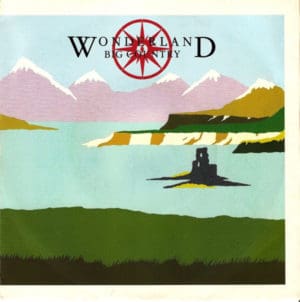
19 BIG COUNTRY – WONDERLAND (1984)
Announced by Bruce Watson’s chiming guitar and a thunderous drum roll from Mark Brzezicki, this standalone single stemmed from a request from Big Country’s label to cut a new track before they jetted off to the US on tour. Though not used to recording to such tight time constraints, the Scottish band somehow managed to conjure up a piece of magic, using the refrain from one of Watson’s demos as a starting point. Continuing their impressive run of UK Top 20 hits, the future fan favourite peaked at No.8.
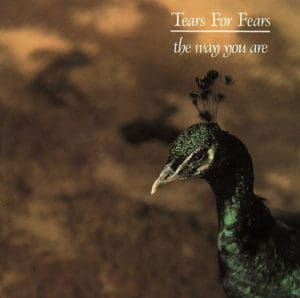
18 TEARS FOR FEARS – THE WAY YOU ARE (1983)
Arguably the most divisive item in the Tears For Fears back catalogue, this underrated gem found the primal screamers in a state of artistic flux following the success of debut album The Hurting and its singles. Traversing Japan-esque art-rock terrain, The Way You Are became a minor hit and bought the duo valuable time before their next album release, but it’s since been disowned by its makers. “We went down the rabbit hole of the intricate and clever production, but forgot about the song,” rued Curt Smith to Vulture in 2022.
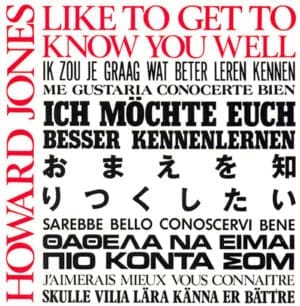
17 HOWARD JONES – LIKE TO GET TO KNOW YOU WELL (1984)
With four UK Top 20 hits already under his belt, eternal optimist Howard Jones kept up the chart momentum with this memorable single, recorded during a gap in his hefty touring schedule in 1984. Released to coincide with the Summer Olympics, this reggae-tinged paean to global citizenship found Jones ruminating on the original spirit of the Games, and how such a huge multicultural event could be used to break down barriers. Rising up the UK charts, it spent three weeks at No.4.
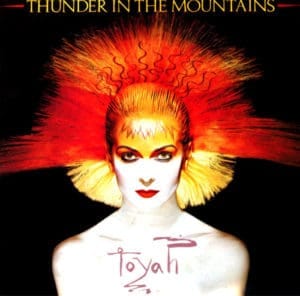
16 TOYAH – THUNDER IN THE MOUNTAINS (1981)
In a year that saw 12 million tune in to BBC2 to watch them play at the Theatre Royal Drury Lane, Toyah kept up their impressive chart run with this spirited hit, written in a summer that saw a heatwave suddenly give rise to violent thunderstorms. Recorded during Toyah Willcox’s Boadicea phase, Thunder In The Mountains found the flame-haired singer ruminating on the inner-city violence and simmering tensions of the period, although its calls for rebellion were straight out of the punk rulebook.
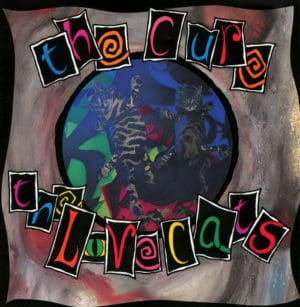
15 THE CURE – THE LOVE CATS (1983)
Reinvented as a synth-pop duo following Simon Gallup’s exit, The Cure found themselves in the upper reaches of the charts with what Robert Smith would later dub “stupid pop songs”. An antidote to the doom-mongery of the Pornography album, the diversion alienated the fanbase, but the goth rockers picked up plenty of new admirers, and this feline favourite hit the Top 10. The jollity would be short-lived. “This is the last ‘fun’ single that we’ll make,” Smith told No.1. “From now on we’ll be heading back into the abyss.”
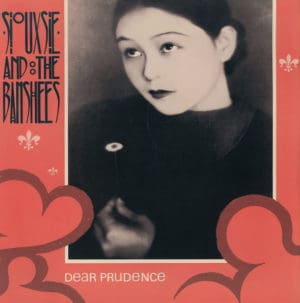
14 SIOUXSIE AND THE BANSHEES – DEAR PRUDENCE (1983)
Fans of The Beatles’ ‘White Album’, the Banshees had previously recorded a version of heavy metal prototype Helter Skelter, before turning their attention to a song John Lennon had penned during the Fab Four’s spiritual sojourn to India in 1968. The first single to feature moonlighting Cure guitarist Robert Smith, the band’s goth-pop treatment of Dear Prudence arguably outclassed the original and became their biggest hit since 1977 debut Hong Kong Garden.
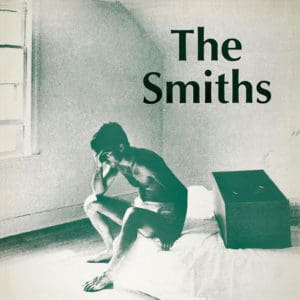
13 THE SMITHS – WILLIAM, IT WAS REALLY NOTHING (1984)
Incredibly, the music for this ephemeral hit and its classic B-sides – Please, Please, Please Let Me Get What I Want and How Soon Is Now? – were all written by Johnny Marr during a productive four days at his Earls Court flat in June 1984. Speculation was rife that the protagonist was Associate Billy Mackenzie, but what’s certain is it marked an attempt to craft a single redolent of the band’s musical heroes. “The two-minute-10-second single was power,” Morrissey told Rolling Stone.
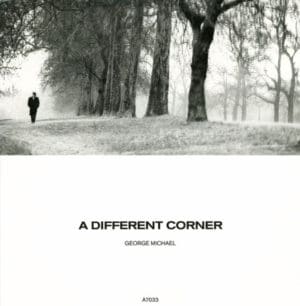
12 GEORGE MICHAEL – A DIFFERENT CORNER (1986)
Released mere weeks after George Michael had announced his intentions to leave the Trojan Horse that was Wham!, this ballad found him at his most vulnerable. His sexuality still a thinly veiled secret, the heartfelt No.1 was penned in the aftermath of a brief relationship, the tension heightened by its threadbare arrangement. As if to emphasise the singer’s feelings of emotional imprisonment, the video was devoid of colour, its illusory celestial setting more akin to a mental health facility.
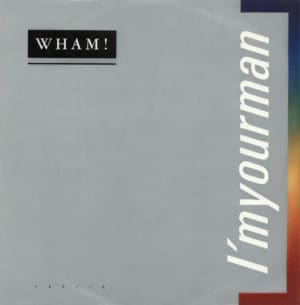
11 WHAM! – I’M YOUR MAN (1985)
Wham! spent much of 1985 touring the world, including a historic visit to China. New song The Edge Of Heaven was premiered during the US leg, but it was a track George Michael had written on an internal flight that would become their penultimate single and third UK chart-topper. According to George, I’m Your Man took its inspiration from “wildly good sex”, and its racy lyrics were evidence of a new, adult-focused direction. It was the final song played at their farewell concert at Wembley in June 1986.
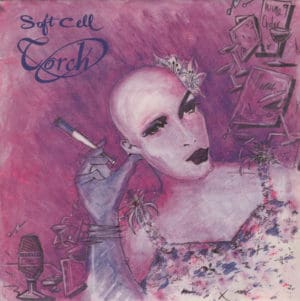
10 SOFT CELL – TORCH (1982)
An impassioned tale of obsession and unrequited love, this non-LP cut was inspired by a trip to New York in which Marc Almond had been moved to tears by a bar-room singer. With John Gatchell’s flugelhorn authenticating its smoky jazz club ambience, and guest vocalist Cindy Ecstasy stepping up to the plate in the torch singer role, impressed record buyers sent it to No.2, although Dave Ball later alleged chart compilers Gallup had miscounted, and that Torch had outsold Adam Ant’s No.1 Goody Two Shoes by three-to-one.
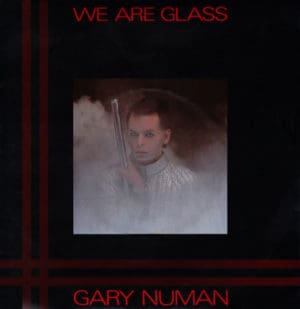
9 GARY NUMAN – WE ARE GLASS (1980)
It takes a brave artist to preview a new studio LP – Telekon – with two non-album singles, but Gary Numan was at his peak, and for Numanoids the purchases of We Are Glass and I Die: You Die represented great value. Both 45s consolidated his successes, but as evidenced by the former’s lyrics, cracks were beginning to appear. “I’d written the song about how I felt in the wake of my success,” Gary wrote in his autobiography. “Fragmented, transparent, hard, brittle, cold, sharp and just about ready to break apart.”
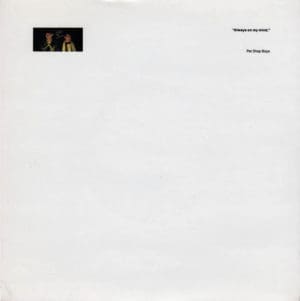
8 PET SHOP BOYS – ALWAYS ON MY MIND (1987)
Commissioned to perform an Elvis Presley track of their choosing on an ITV show marking 10 years since the King’s death, Pet Shop Boys gave this country classic a hi-NRG makeover. Although the Actually album campaign was in full swing, the duo bowed to pressure to release it, issuing it in between the singles Rent and Heart, and were rewarded with a Christmas No.1. The sleeve amusingly stated, “not from the album, actually”, but a vastly different nine-minute version did appear on Introspective.
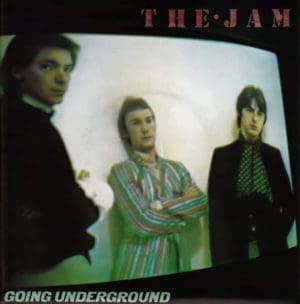
7 THE JAM – GOING UNDERGROUND / THE DREAMS OF CHILDREN (1980)
Never ones to short-change fans, half of The Jam’s 18 UK singles were standalones, including this double-header gem. Built around Paul Weller’s fondness for 60s psychedelia, The Dreams Of Children was the intended A-side, until a factory cock-up meant the radio-friendly Going Underground got top billing. Written in the early throes of Margaret Thatcher’s term, it chimed with the disaffected youth, going straight to UK No.1, the first to do so since Slade’s heyday.
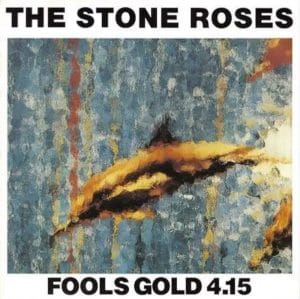
6 THE STONE ROSES – FOOLS GOLD /
WHAT THE WORLD IS WAITING FOR (1989)
Released in a good year for The Stone Roses, this double A appeared in the slipstream of their debut album, and gave them their breakthrough after a series of under-performing 45s. Boasting a title befitting of their hubris, What The World Is Waiting For was formulaic jangly fare, but most ears were tuned to Fools Gold, whose mesmerising drum loop had been sourced from an LP of breakbeats. Conceived as an experimental B-side, it’s earned a place at baggy’s top table.
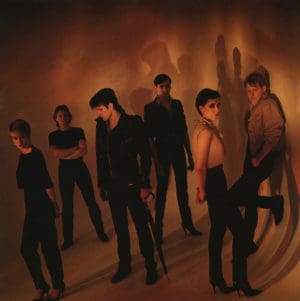
5 THE HUMAN LEAGUE – MIRROR MAN (1982)
How do you follow a series of smash hits and a multi-platinum album? In the case of Sheffield’s finest, the answer was to keep calm and carry on touring. A re-release of The Human League’s Being Boiled kept them in the mix, as did remix LP Love And Dancing, which had been painstakingly fashioned from Dare’s multi-tracks. Left off difficult fourth album Hysteria but included on US EP Fascination!, Mirror Man found the band in Motown territory, with the girls’ “oohs” and “ahhs” authenticating the retro-pop sound.
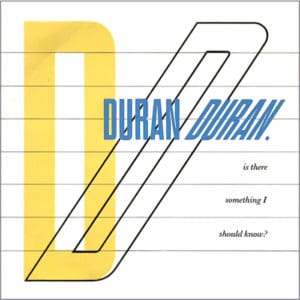
4 DURAN DURAN – IS THERE SOMETHING I SHOULD KNOW? (1983)
Capitalising on the Duranmania that was now sweeping the globe, the band at the forefront of the Second British Invasion went straight to No.1 with this smash. “It was a fantastic result,” wrote John Taylor in his memoir, “although our level of cocksureness was so high, it didn’t come as a complete surprise.” Built on an irresistible guitar riff from Andy Taylor, this arrived in between the Rio and Seven And The Ragged Tiger albums, but in the US was included on a reshaped version of Duran Duran’s eponymous debut.
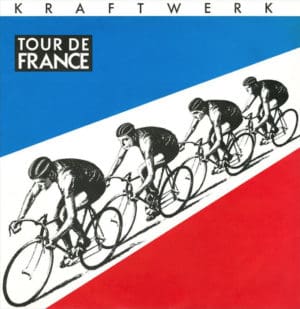
3 KRAFTWERK – TOUR DE FRANCE (1983)
By the early 80s the musical world had caught up with Kraftwerk, and the original electronic trailblazers were now sharing chart space with the people they’d influenced. But although they would fail to capitalise on the success of The Model and spend much of the decade obsessing over new tech, there would be one further classic from the enigmatic Germans. Evolving from sessions for the aborted Techno Pop LP, Tour De France manifested their cycling obsession with samples of bicycle chains and Herr Hütter’s heavy breathing.

2 JOY DIVISION – LOVE WILL TEAR US APART (1980)
An eerily prophetic and devastating insight into Ian Curtis’ fragile emotional state, Love Will Tear Us Apart was developed in the drab environs of Joy Division’s Manchester rehearsal space and debuted on tour in October 1979. Scheduled as a non-LP single and forerunner to second album Closer, the band’s signature song originally employed a faster tempo – heard on the punkier Peel session mix and the Pennine version – until Factory Records’ Tony Wilson persuaded Curtis to adopt more of a Sinatra-like croon. Issued posthumously, it peaked at No.13.
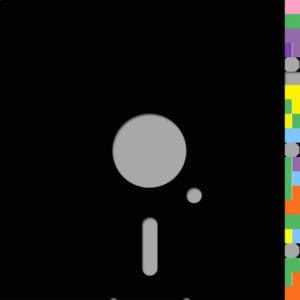
1 NEW ORDER – BLUE MONDAY (1983)
Originally conceived as a keyboard-based track in which New Order would be spared the apparent indignity of encoring by pressing down a special key that played a little melody in their absence, Blue Monday would morph into what Stephen Morris would later describe as a Frankenstein’s monster of a song, and one whose clever distillation of influences as disparate as Ennio Morricone, Kraftwerk and Giorgio Moroder would not only make them the envy of their synth-pop contemporaries, but also prick the ears of a certain Stock Aitken Waterman. But true to Factory Records’ unconventional methods and the band’s own sheer bloody-mindedness, its path to musical greatness was littered with obstacles.
This was, of course, a band whose lyrics didn’t appear in their song titles, and who wouldn’t start lifting singles from albums until 1985’s Low-Life. In the case of Blue Monday – which at the time only appeared on the US cassette version of Power, Corruption And Lies – the band refused to edit it down from its seven-minute playing time for radio, and wouldn’t mime on Top Of The Pops. But Blue Monday’s quality and popularity in the clubs would endure, and the record unwittingly became the biggest-selling 12″ of all time. And, for two happy weeks in 1983, it even appeared in the same Top 40 rundown as Love Will Tear Us Apart.
Read More: Top 40 New Order songs
